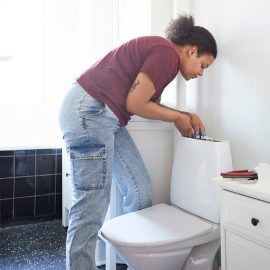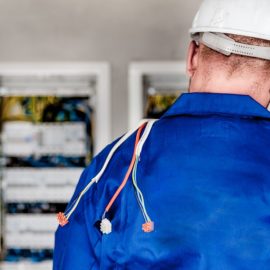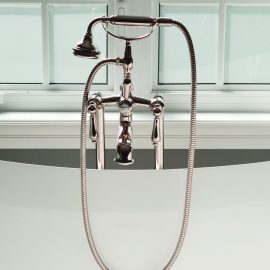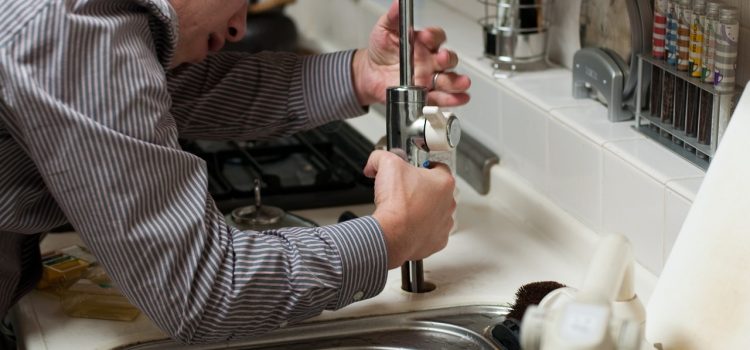
Plumbing Installation: Meeting Your Home’s Needs
Hello, plumbing enthusiasts! While it’s not the most glamorous aspect of home ownership, plumbing installation is a vital part of keeping your house functioning smoothly. From the basics of a water supply to the intricacies of drainage systems, we’ll delve into the world of plumbing installation to ensure your home’s plumbing needs are met efficiently and effectively.
The Backbone of Your Home
1. Water Supply Lines
Let’s start with the basics: water supply lines. These are the lifelines of your home, providing fresh water for drinking, bathing, cooking, and more. Proper installation is crucial to ensure a steady and clean water supply.
Materials Matter
Water supply lines can be made of various materials, including copper, PEX (cross-linked polyethylene), and PVC (polyvinyl chloride). Each material has its pros and cons, so choose one that suits your needs and budget.
Avoiding Leaks
Properly installed water supply lines should be free of leaks and corrosion. Regular maintenance and occasional inspections can help identify and address issues before they become major problems.
2. Drainage Systems
Equally important, if less glamorous, are drainage systems. These systems remove wastewater and sewage from your home, keeping it clean and sanitary. A well-designed drainage system is essential.
Gravity vs. Pressure
Most drainage systems rely on gravity to move wastewater away from your home. However, in some cases, pressure systems may be used, especially in buildings with basements or when the drain needs to overcome obstacles.
Ventilation Matters
Proper ventilation of drainage systems prevents airlocks and allows wastewater to flow smoothly. Vent pipes should be correctly sized and positioned to ensure efficient operation.
The Plumbing Network
1. The Main Water Line
The main water line connects your home to the public water supply or a private well. It’s essential to have this line installed correctly to prevent leaks and ensure a steady flow of water.
Shut-off Valve
A shut-off valve should be installed near the point where the main water line enters your home. This valve allows you to turn off the water supply in case of emergencies or repairs.
Water Pressure Regulation
Controlling water pressure is crucial to prevent damage to pipes and appliances. A pressure regulator should be installed to maintain safe and consistent water pressure.
2. Branch Lines
Branch lines distribute water from the main water line to various fixtures and appliances in your home, such as sinks, showers, toilets, and washing machines. Each branch line should be correctly sized and connected to ensure adequate water flow.
Pipe Insulation
In cold climates, insulating water pipes can prevent freezing and bursting during the winter months. Adequate insulation is essential to protect your plumbing.
3. Drainage Pipes
Drainage pipes carry wastewater away from your home. Proper slope and positioning are critical to ensure efficient drainage. A skilled plumber will design and install the drainage system to meet local building codes and regulations.
Cleanouts
Access points, known as cleanouts, should be installed in the drainage system. Cleanouts allow for easy inspection and maintenance of the pipes.
Plumbing Fixtures and Appliances
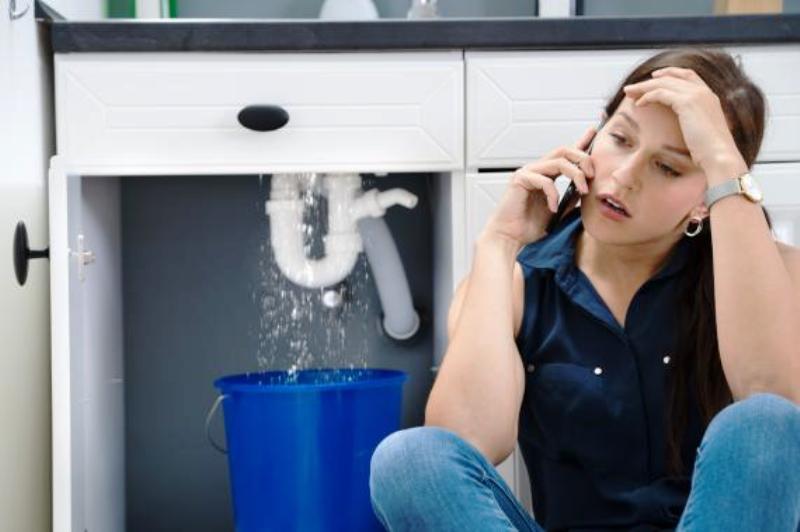
1. Faucets and Fixtures
Installing faucets and fixtures may seem straightforward, but it’s essential to ensure a tight seal and prevent leaks. Improper installation can lead to water wastage and damage.
Sealing and Tightening
Plumbers use various methods to seal and tighten connections, such as using thread seal tape (Teflon tape) or pipe dope. These techniques ensure watertight connections.
2. Toilets
Toilet installation requires careful attention to detail to prevent leaks and ensure proper flushing. Wax rings and flange bolts are used to secure toilets to the drainage pipe.
Wax Ring Replacement
Over time, wax rings can deteriorate and cause leaks. It’s essential to replace them when necessary to maintain a watertight seal.
3. Water Heaters
Water heater installation involves connecting the water heater to both the main water line and the hot water distribution lines. Proper installation ensures efficient heating and prevents leaks.
Safety Measures
Water heaters should be equipped with temperature and pressure relief valves to ensure safety. These valves release excess pressure and prevent overheating.
Professional Plumbing Installation
1. DIY vs. Professional Installation
While some plumbing projects may be suitable for DIY enthusiasts, many require the expertise of a professional plumber. Complex installations, such as those involving gas lines or extensive renovations, should always be entrusted to a licensed plumber.
Permits and Inspections
In many jurisdictions, certain plumbing installations require permits and inspections to ensure compliance with local building codes. A professional plumber can navigate these requirements.
2. Routine Maintenance
Once your plumbing installation is complete, don’t forget about routine maintenance. Regular inspections, leak detection, and addressing minor issues promptly can prevent major plumbing disasters down the road.
Signs of Trouble
Be vigilant for signs of plumbing issues, such as slow drains, low water pressure, unusual noises, or damp spots. Addressing these issues early can save you time and money.
A Well-Plumbed Home is a Happy Home
Plumbing installation may not be the most glamorous aspect of homeownership, but it’s undeniably essential. A well-plumbed home is a comfortable and safe home. By understanding the basics of plumbing installation and when to call in a professional, you can ensure that your home’s plumbing needs are met effectively, efficiently, and without leaks. Here’s to a well-plumbed and happy home!

